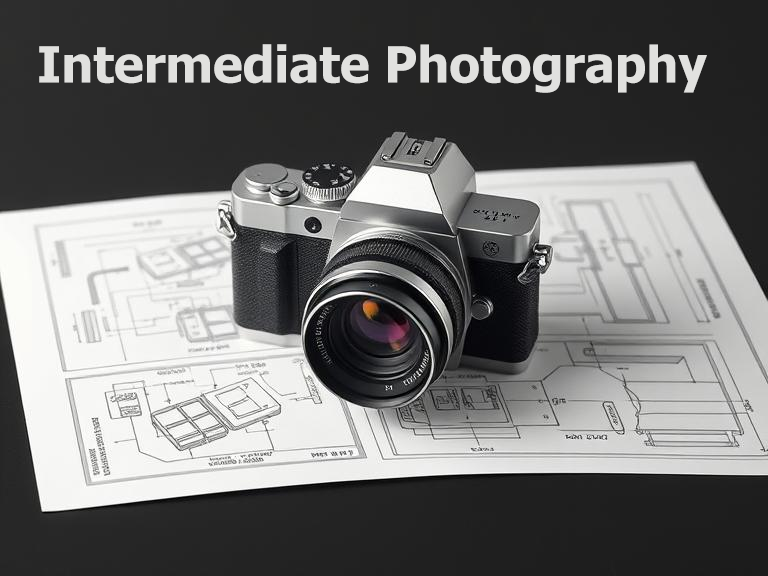Unveiling the intricate dynamics of color theory in photography involves understanding how colors influence perception, evoke emotions, and enhance compositions. At its core, color theory is both an art and a science. It’s rooted in how colors mix, contrast, and complement each other. Photographers use these principles to craft visually appealing and impactful images.
The backbone of color theory is the color wheel, originated by Sir Isaac Newton in the 17th century. This circular diagram represents the visible spectrum and shows the relationship between primary, secondary, and tertiary colors. Primary colors (red, blue, and yellow) form the foundation, intermixed to create secondary colors (orange, green, and violet). Tertiary colors emerge from blending a primary with its adjacent secondary color. Understanding these basics is crucial for photographers aiming to master color manipulation.
Complementary colors are situated opposite each other on the color wheel. When paired, they create contrast and vibrancy, making a subject stand out prominently. For instance, blue and orange or red and green can add dynamic tension and excitement to an image. Photographers often use complementary colors to draw attention to a focal point, creating images that captivate viewers.
On the other hand, analogous colors, located next to each other on the color wheel, offer a more harmonious and cohesive look. These are often found in natural settings, mimicking color schemes seen at sunrise or sunset. Photographers use analogous colors for serene and tranquil compositions, as they blend seamlessly without sharp contrasts, providing a feeling of unity and balance.
Beyond combinations, color temperature plays a pivotal role in setting the mood of a photograph. Colors are categorized as warm (reds, oranges, and yellows) or cool (blues, greens, and purples). Warm colors are inviting and energetic, while cool colors convey calmness and serenity. Photographers can manipulate color temperatures to evoke specific emotions, such as warmth for a family portrait or cool shades for a winter landscape.
In addition to emotional impact, color theory affects the psychological perception of images. Certain colors can enhance the story or message. Red, for example, suggests passion or urgency, while blue invokes tranquility. Photographers mindful of these associations can use colors to add layers to their narratives, making their work more engaging and meaningful.
Utilizing color theory also involves considering lighting and its effect on colors. Natural lighting varies throughout the day, altering color perception. The golden hour, just after sunrise or before sunset, offers a warm, soft light that enriches colors, ideal for portraits and landscapes. Conversely, midday sun can create harsh contrasts and wash out colors, presenting challenges that skilled photographers adeptly navigate.
In practical application, successful photographers often use post-processing to adjust and enhance colors. Digital tools like Adobe Lightroom or Photoshop allow precise control over hue, saturation, and luminance. Photographers can tweak these elements to highlight specific colors or achieve a desired mood. Taking care to maintain the natural essence of the scene is crucial, as over-editing can lead to unrealistic or unappealing results.
Monochromatic color schemes, comprising various shades and tints of a single color, offer another technique. These images focus on texture, shape, and composition rather than contrasting colors, providing a minimalist aesthetic. Monochrome images evoke nostalgia or timelessness, drawing the viewer’s attention to the subject’s form and essence.
Complementing the technical aspects, photographers often find inspiration in art and nature. Historic painters like Vincent van Gogh or Claude Monet mastered the interplay of colors, offering insights into contrast and harmony. Observing nature, from vibrant flowers to serene oceans, offers endless lessons in natural color combinations and their impact on emotion and atmosphere.
Analog and digital photography both benefit from a deep understanding of color theory. Film photographers choose specific films to exploit color properties, while digital photographers adjust white balance to compensate for color temperature variations. Both approaches require a nuanced understanding of color for successful artistic expression.
Experienced photographers learn to trust their instincts and experiment with colors, often breaking conventional rules to find unique avenues of expression. Bold, unexpected color combinations can make an image stand out in a sea of uniformity, sparking interest and discussion.
Ultimately, mastering color theory in photography requires a blend of technical knowledge, artistic intuition, and continuous experimentation. By studying colors’ behaviors and interactions, photographers can create images not only pleasing to the eye but also rich in meaning and emotion. The journey to mastering color in photography is a lifelong pursuit, offering endless possibilities for creativity and storytelling.


